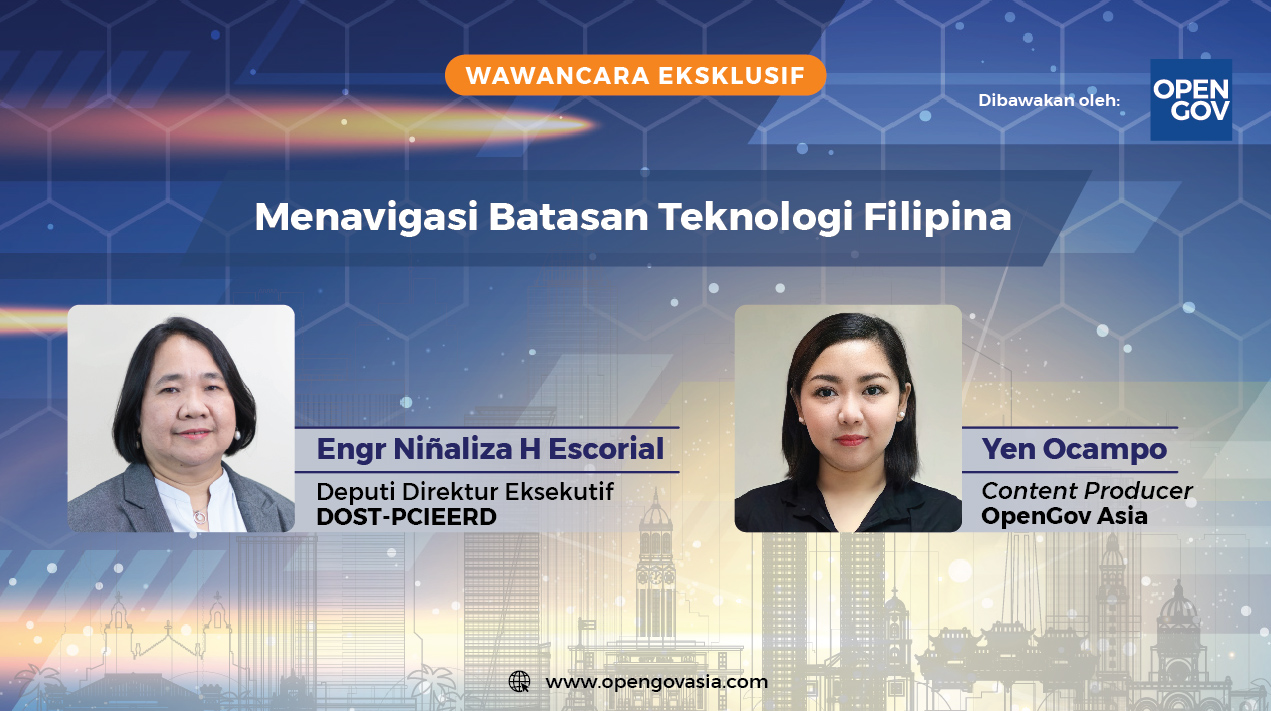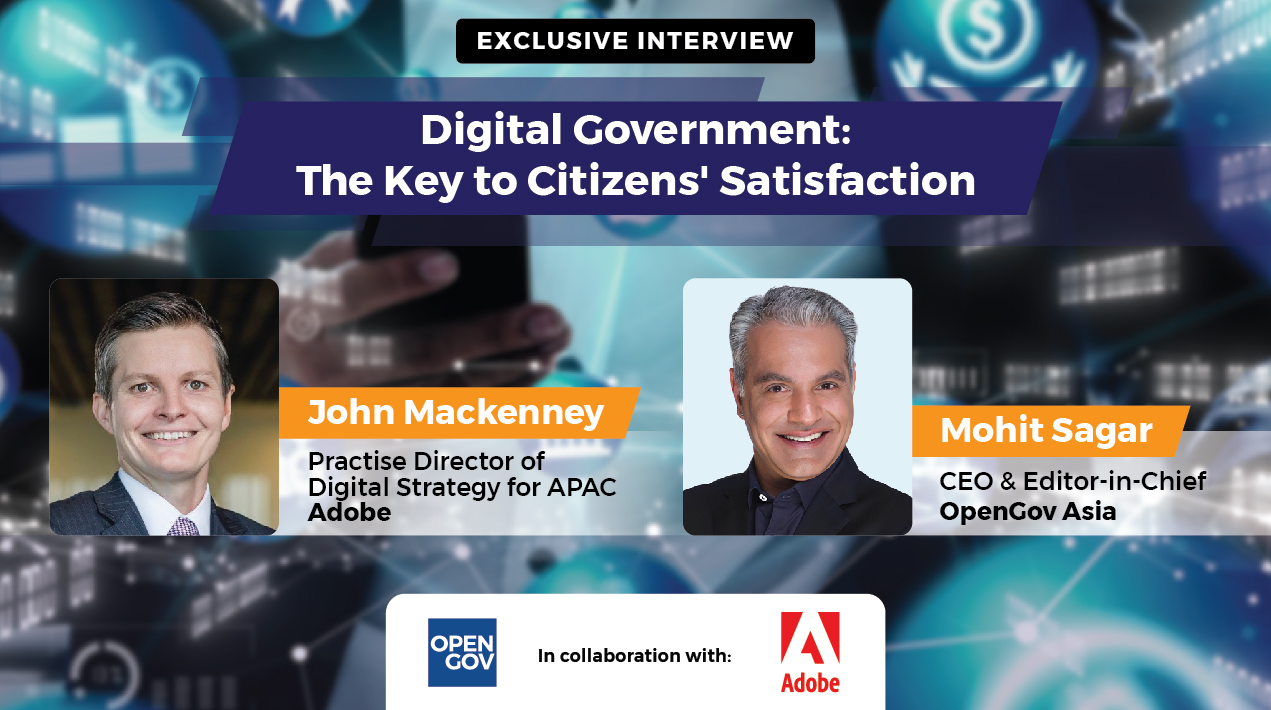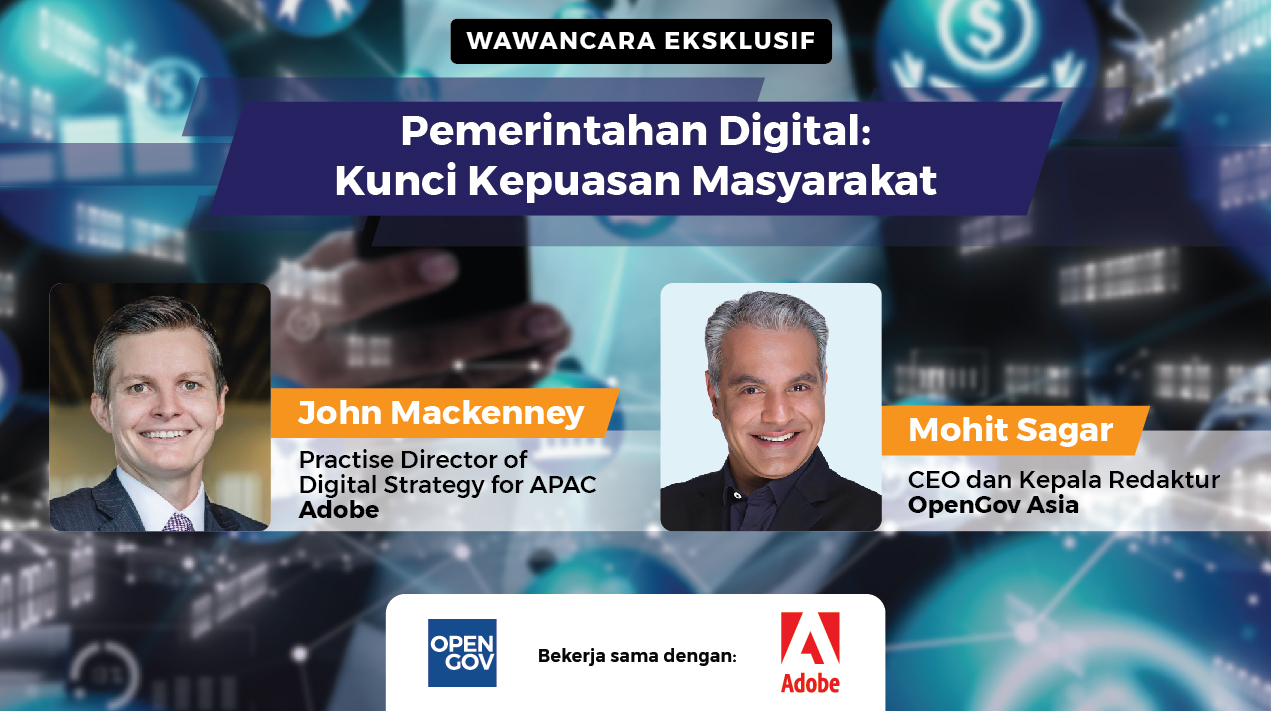
Brian Benjamin, Smart City Program Manager, City of The Hague, Netherlands, says he is keen on studying smart urban security project implementation when he arrives in Singapore for the SINGAPORE OPENGOV LEADERSHIP FORUM 2016, on May 12, 2016
Being the man responsible for rolling out smart projects for the city of The Hague, Benjamin firmly believes in learning from key implementations from around the world and also makes sure that his projects are not just for showcasing but they address the requirements of the residents. He explains how …
What are smart projects being ruled out in Hague? What were your priorities?
We have started off with six projects to gain experience and to incorporate the same in the strategy. Now we are in the phase of getting our strategy implemented. The roll outs include projects on intelligent parking system, smart roads, smart education and smart citizen projects.
All the projects chosen are designed keeping the end-users in mind and of-course the scalability of the projects as required.
Can you share some of the hurdles you faced while initiating and implementing the projects? How did you try to overcome these challenges?
Smart city projects are basically IoT connectivity in data for which we have to open up our streets and deploy fiber optics which is almost a no go in old cities. So what you see today is pilot projects limited to some areas which are difficult to scale. To successfully scale any project, we need work involving different departments and no-body wanted to give up their authority.
So it’s important to centralise the decision making process and ensure co-operation amongst the different teams in order to execute large projects. The most difficult thing is to get people to give up their limited authority and get to a higher level, especially, in Netherlands where sharing is very important in democratic process and every stake holder has a say in decision making process.
What were your Key mile stones?
The pilots we do give us an idea of what we need to have in place in order to be successful. So we already have milestones in place. You know how the process will go when you have a successful pilot. Normally 75-80 percent of pilots gets killed at this stage. So when you have small success you have people coming to you. We facilitate smart city link implementations and do not assume ownership of the same. Because, it is the responsibility of municipal body, but to get them on board we facilitate with them at every stage and get them to a point from where they can assume the project ownership.
How did you go about choosing the right projects and what were your key concerns while choosing the same?
We did our initial projects to decide on where we should focus our attention and to identify the important issues we would run into. We had to have political support, we had to have five mayors on board so we had to make it their project. We picked one projects which was important for the mayors so that they could include them in their profile.
Secondly, we identified only big projects what had multiple municipality service lines to identify different problems and we also made sure that we choose works that had something similar to data so that we could integrate them on data platform as this enables us to demonstrate the value of collecting data and sharing the same. Most importantly all the projects we choose also had things that addressed the issued faced by our society. We picked up mobility and renewable energy instead of something like a smart city airport project.
What about the implementation part? What are the experiences that you would like to share with other cities?
In general city municipalities do not have enough IT resources to implement smart city solutions on their own. Generally, we look at existing ways to sort our issues. When you want to do something new one may have to go out the way to get things done and gain knowledge. Today we have multiple vendors offering smart city solutions. Local telecoms also drive a lot of smart city implementations as they are at the centre of our activities.
Benjamin emphasis on developing a proof of concept for any project. Pilots are great in gaining knowledge, but role of city is to deliver services to its inhabitants. So if you want to do things try to look at it from that perspective. That helps a long way in getting things done.
We also seen lot of pilots being undertaken from research perspective. Pilots give a lot of insights but they have to undertaking with a sense of responsibility to make services better and cheaper. The proof of concept will not only help us evaluate technical points but also evaluate on funding and implementation and how to manage the project.
Many smart city solutions profiles tend to address specific problems. If we have to deliver complete solutions, we need to do it across services lines. So we need to make teams work in coalition to bright the right solutions across. And the third thing is finance because there is not a single city to pass the budget I would say budgets are decided based on governments responsibilities towards its people and typically five percent of the budget comes under free spending it goes to political goals of the city officials. So we have to define the budget within the existing structure.
Budget and Choosing project locations
When you are looking at re-developing an area there would already be an existing budget with just 10-15 per cent to replace your lighting infrastructure. And one needs to take into account the depreciation factor on current investments and wait for a long time to replace current investments.
But when you are working on a new part of the city or developing something grounds-off there is budget for parking or lighting and smart implementation there would not be a significant burden. It would also be a sustainable model because everything you do there is easy to justify.
How do you determine ROI from your projects?
We spend money on health care and impossible to have ROI calculator for that. Basically, the ROI has to come from the market as it is the services that makes money. However, we have quality services that people appreciate.
The other way of seeing this is how we were doing things normally and now we do it now So that is also business case if we look at the parking, the way we have implemented is that store owners would pay the parking fee were as normally we would have collected in fee from users. We also need take into account the jobs created by the smart project implementations. These ROIs are rather interesting as you can get political clout which means more money to do more projects.





















